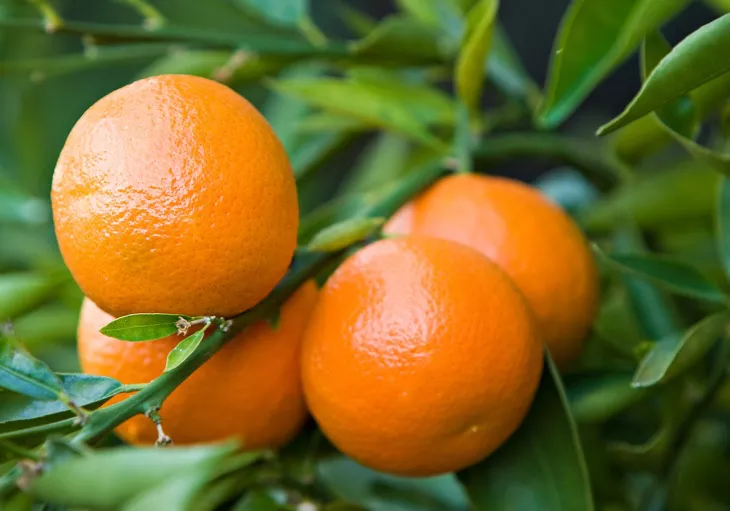In a recent report published in the British Medical Journal, researchers discuss the fascinating concept of addictive foods, with the recognition that not all items on our plate are created equal. This exploration into the realm of culinary indulgence has shed light on the varying degrees of food addiction, bringing to the forefront the question of what makes certain dishes more addictive than others.
The study’s findings, while bearing no intended implications about the struggle to finish a couscous salad, highlight the existence of foods that are decidedly non-addictive and, interestingly, beneficial for one’s well-being. The realm of non-addictive cuisine extends to an array of offerings, including ample servings of runner beans, hearty portions of spinach, endless helpings of vegetable soup, and robust leaves of kale that challenge even the hardiest of molars. The tantalizing notion emerges that if these were our culinary staples, we might extend our lifespans – or at the very least, it would feel that way.
However, this sentiment does not extend to dishes like spaghetti carbonara, particularly the British variation. Unlike its Italian counterpart, characterized by delicate egg coatings on al dente pasta and a subtle hint of pancetta, the British rendition appears to be an endurance test. Creamy sauce seems to meld endlessly with mushy strands of spaghetti, interrupted only by sporadic, rubbery pieces of packaged ham. The initial bite might offer satisfaction, but it swiftly devolves into a culinary quagmire where each mouthful merely shifts the balance without depleting the quantity. This culinary conundrum often drives diners to seek the solace of garlic bread, if only to escape the monotonous texture.
However, the British Medical Journal’s primary concern was not the torment of prolonged consumption, but rather the revelation that some food items can be genuinely addictive. The concept may appear paradoxical since, by nature, humans exhibit an inherent dependence on sustenance; abstaining from food entirely, including the aptly named “cold turkey,” is fatal. Yet, the research delves deeper to unveil a distinct category of food addiction, one that transcends mere nutritional necessity. In this realm, certain foods share addictive qualities akin to alcohol, tobacco, and gambling.
In the quest to unravel the complexities of human behavior and the impact of food on our lives, this study reminds us that not all edibles are created equally when it comes to addictive potential. Understanding this distinction may pave the way for healthier, more mindful eating habits, enabling individuals to make informed choices about the foods they consume.

























